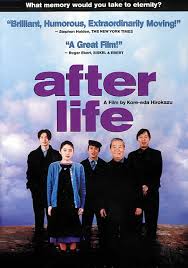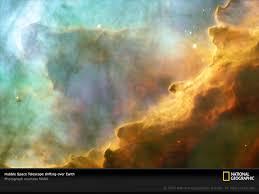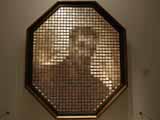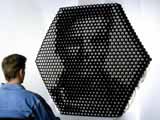
Frontline's video Growing Up Online offers a documentary view into the world of the Internet and social networking. Such online programs as Youtube, Myspace, Facebook, and Live Journal allow adolescents to freely roam the Internet away from their parents range of
vision. Teenagers are able to connect with thousands of individuals, many of whom they have never even met.
1)Due to the growing popularity of the Internet and many individuals reliance on it today, it is hard to envision what the world used to be like. Before Facebook or Myspace social networking was merely hanging out with your friends at school or over the weekend at a close friend's house. It would have never been imaginable to be able to communicate with millions of people across the country and even consider each other close "friends." Although in elementary school we had pen pals from another school, even sometimes another state, online social networking has gone way beyond this. No longer is it just another method of communication, but rather a way to pretend to be someone else, to take on a new identity.
2) a. If I were to describe Facebook, Myspace, or any other social networking service to a friend who was unfamiliar with it I would explain that it gives an in depth glimpse into someone else's life or sometimes rather the life they'd prefer to lead. It is a place where people can post pictures, communicate with each other, and share various aspects of themselves such as favorite music and interests. People from college networks, high schools, and different areas can all use Facebook to connect with one another.
b. I would describe Facebook to my parents by describing it as a place where friends and classmates can connect and communicate with each other online.
c. I would describe Facebook to my grandparents in the same way I would describe it to my parents, however I may have to explain more about the technical aspects and how it is possible to communicate over the Internet.
d. I would describe Facebook to a teenager living in 1950 as a worldwide yearbook. Each person has their own profile that others can visit and learn about the person.
3) A person's Facebook page reveals various aspects about their life such as their interests, activities they are involved in, their favorite music and movies, and even who they are friends with. Facebook pages may sometimes allow strangers to place the person in a stereotype or draw false inferences about them. Design and content techniques that grab my attention are if the person has posted a lot of pictures or has a lot of wall posts. I usually only add a person as a friend if I have actually met them in person, however I may be more likely to add a person as a friend if we share similar interests, share common friends, or are in the same network such as college or high school. Something I would want to know about someone that is not on their Facebook would be more about their personality such as if they were nice, outgoing, or funny.
4) I think Facebook reinforces stereotypes and allows people to assume things that may not be true of the person.
5) Marshall McLuhan's statement "The medium is the message" applies to Facebook in that a person's Facebook is read differently depending on how the information is presented. For example, a person with a lot of friends may be thought of as popular, however a person with an incredible amount of friends may show that this person has a lot of acquaintances but not very many close friends. A person may also draw inferences about a person based on their pictures, wall posts, albums, and so on. How the person acts in real daily life may be different from these inferences, however people may still believe their inaccurate inferences from a Facebook page over their actual experience with that person.






















